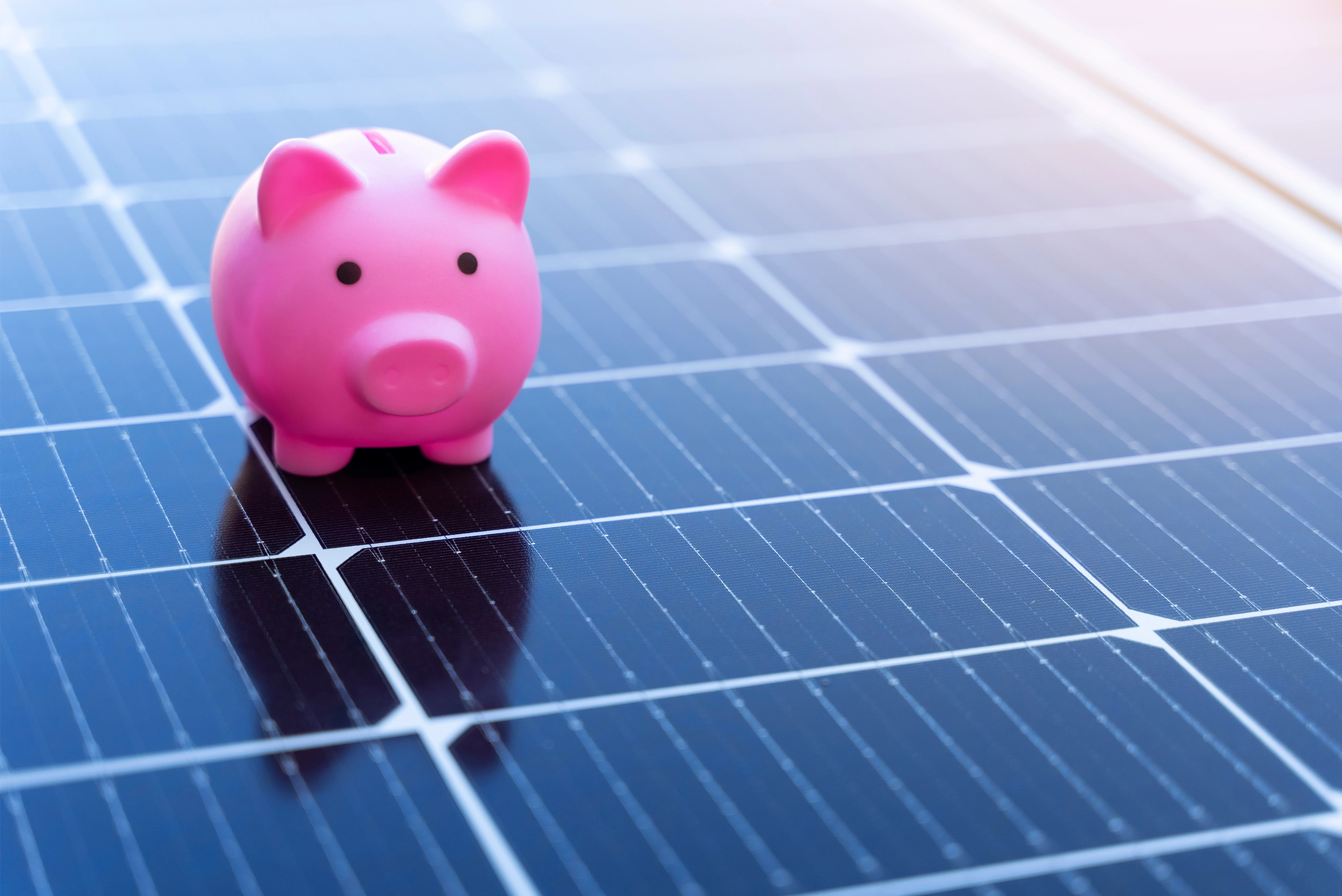
Can you sell that excess back to the grid? The short answer is: yes - and it can be a very smart financial move too. Let’s show you how and answer some of the most common questions we get asked on this subject
Yes, selling solar energy back to the grid is possible in the UK and actively encouraged. Through the Smart Export Guarantee (SEG), a government-backed scheme introduced in 2020 to replace the Feed-in Tariff, homeowners with solar PV systems can receive payments for the surplus electricity they generate and export.
This means you don’t have to waste any energy your household doesn’t use. Instead, you can send it back into the National Grid and get paid for it. And not only that, selling electricity back to the grid helps balance supply across the network and can also shorten the payback period of your solar panel investment. It’s a really smart move all round.
A solar export tariff is the rate you’re paid for every kilowatt-hour (kWh) of electricity your PV system exports to the grid. These rates are offered through the SEG.
A range of UK energy suppliers support the SEG, including Octopus Energy, Good Energy, E.ON Next and EDF Energy. In fact, all energy suppliers with over 150,000 customers are required to offer at least one SEG tariff.
Rates can vary, so we encourage you to shop around and compare different providers to find the most competitive deal. While you’ll find that some tariffs are fixed, others are variable and depend on market conditions. Our advice is to shop around for the best SEG tariff before committing, as prices and terms can vary widely between providers - and choose the best one for your personal circumstances.
Good question! The amount you can earn from selling electricity back to the grid depends on a number of factors:
On average, a typical UK household could earn £50–£150 per year*, though this could be higher for larger systems or homes with low daytime electricity usage. While this won’t completely cover your energy bills, it can contribute to faster ROI on your solar setup.
Yes, there are some limitations on how much electricity you can sell back to the grid, although these mainly relate to the size of your system and your export agreement (so make sure you check the small print!).
Most domestic solar PV systems fall under the “microgeneration” category (under 50kW), which means they qualify for SEG payments without the need for complex licensing. However, you’ll need a smart meter capable of measuring exports, and in some cases, your supplier may cap how much they’re willing to pay during specific time periods (again, check the small print).
It’s also important to note that the SEG only pays for actual exported electricity, not estimated totals, so accurate metering is essential.
Selling electricity back to the grid through SEG is relatively straightforward:
With the Smart Export Guarantee in place, selling electricity back to the grid is a great way to make your solar investment even more rewarding. Whether you’re earning a small return or offsetting more of your energy costs, selling solar energy back to the grid makes financial and environmental sense.
At Thermly, we help UK homeowners make smart, future-proof energy choices. If you're thinking about solar panels or want to learn more about selling electricity back to the grid, we’re here to help guide the way. Visit us at www.thermly.co.uk/solar-panels
* This is an approximate estimate based on typical Smart Export Guarantee (SEG) rates and average domestic solar panel output. It’s not an official government statistic, but rather a generalised range drawn from the following factors:

